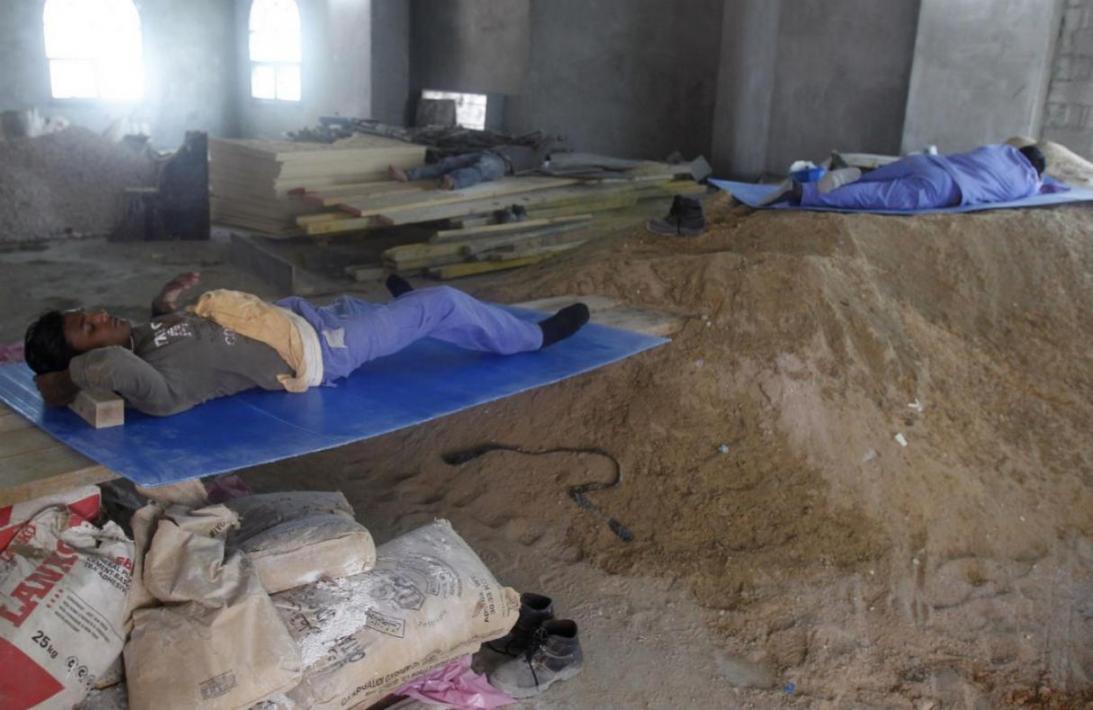Jameela, a 50-year old Indian woman, needed money to support her family. She didn’t think she would find much, if any, funds close to home. She got in touch with an agent who arranged for her to leave Mallapuram, Kerala in southwest India to work abroad.
Upon leaving India, she, like many female labor migrants, had only a very minimal understanding of the working conditions at her destination. It didn’t turn out as she had hoped, ILO report said.
“I worked from 5am to 11pm cooking, cleaning and ironing for a family and their guests. I was rudely scolded, even slapped a few times by my employer, the lady of the house. I could only eat the leftovers they gave me if and when I had time. Once I got sick and a week’s wages were deducted. I was not allowed to talk to other workers in the house,” said Jameela of her experience as a domestic worker in a household in a Persian Gulf Arab state.
Overworked, mistreated and trapped in this difficult situation far from home, Jameela managed to find an escape route, returning to India after enduring this treatment for one year.
Indispensable Yet Unprotected
She is one of the persons surveyed in a new International Labor Organization study entitled, Indispensable Yet Unprotected: Working Conditions of Indian Domestic Workers at Home and Abroad (2015).
The study, done in collaboration with the Self-Employed Women’s Association in India, examines two of the most frequented migrant routes for Indian female domestic workers: from the state of Kerala in southern India to the Arab countries and from Jharkhand state in eastern India to New Delhi.
In surveying a number of migrants and would-be migrants, the study sought to understand the problems of migrant labor in domestic work and to assess the nature and extent of abuse.
It concluded that the majority of migrant domestic workers to the Arab States and some of the internal migrants from Jharkhand are victims of trafficking and forced labor according to international definitions of these crimes.
Abuses Encountered
The growing role of informal intermediaries and unscrupulous private employment agencies operating outside the legal and regulatory framework that prey particularly on low-skilled workers can lead to abuses including the following:
Deception about the nature and conditions of work
Retention of passports
Deposits and illegal wage deductions
Debt bondage (linked to repayment of often high recruitment fees)
Threats if workers want to leave their employers.
A combination of these abuses can amount to human trafficking and forced labor.
In 2013, the government of India adopted the Criminal Law Amendment Act which declared trafficking an offence in national law. It defines exploitation as any act of physical exploitation or any form of sexual exploitation, slavery, or practices similar to slavery, servitude or the forced removal of organs. India has also developed a National Plan of Action and is working on putting in place remedial measures.
Vulnerable, Isolated
Poor Indian women, especially those who are single or widowed, are particularly vulnerable to migration distress. Some factors which underpin this vulnerability are: lack of skills, awareness, income-generating opportunities, land and assets; illiteracy; and suffering social inequalities due to caste and ethnicity.
“Many domestic workers are still not protected by national labor laws; instead they are exposed to overly restrictive immigration laws and policies. Their isolation in private homes, lack of information and support can lead to exploitation. It is time to change that,” said Beate Andrees, Head of the ILO Special Action Program to Combat Forced Labor.
Nevertheless, more progress is needed both in countries of labor emigration and immigration. The ILO is assisting member states to provide adequate protection.


